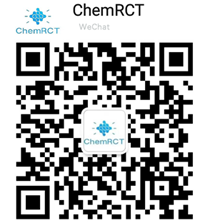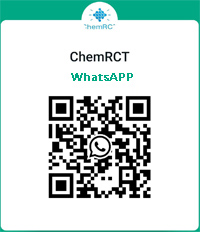Home
Products
Rosiglitazone



| Product Name | Rosiglitazone |
| Price: | Inquiry |
| Catalog No.: | CN00295 |
| CAS No.: | 122320-73-4 |
| Molecular Formula: | C18H19N3O3S |
| Molecular Weight: | 357.43 g/mol |
| Purity: | >=98% |
| Type of Compound: | Alkaloids |
| Physical Desc.: | Powder |
| Source: | |
| Solvent: | Chloroform, Dichloromethane, Ethyl Acetate, DMSO, Acetone, etc. |
| SMILES: | O=C1NC(=O)C(S1)Cc1ccc(cc1)OCCN(c1ccccn1)C |
| Contact us | |
|---|---|
| First Name: | |
| Last Name: | |
| E-mail: | |
| Question: | |
| Description | Rosiglitazone (BRL49653) is a potent thiazolidinedione insulin sensitizer. Rosiglitazone is a selective PPARγ agonist with EC50s of 30 nM, 100 nM and 60 nM for PPARγ1, PPARγ2, and PPARγ, respectively. |
| Target | PPARγ1:30 nM (EC50) PPARγ2:100 nM (EC50) |
| In Vitro | Rosiglitazone is a potent and selective activator of PPARγ, with EC50s of 30 nM and 100 nM for PPARγ1 and PPARγ2, respectively, and a Kd of appr 40 nM for PPARγ. Rosiglitazone (BRL49653, 0.1, 1,10 μM) promotes differentiation of C3H10T1/2 stem cells to adipocytes[1]. Rosiglitazone (Compound 6) activates PPARγ, with an EC50 of 60 nM[2]. Rosiglitazone (1 μM) activates PPARγ, which binds to NF-α1 promoter to activate gene transcription in neurons. Rosiglitazone (1 μM) also protects Neuro2A cells and hippocampal neurons against oxidative stress, and up-regulates BCL-2 expression in an NF-α1-dependent manner[3]. Rosiglitazone completely inhibits TRPM3 with IC50 values of 9.5 and 4.6 μM against nifedipine- and PregS-evoked activity, but such effects are not via PPARγ. Rosiglitazone inhibits TRPM2 at higher concentration, with an IC50 of appr 22.5 μM. Rosiglitazone is a strong stimulator of TRPC5 channels, with an EC50 of ∼30 μM[4]. |
| In Vivo | Rosiglitazone (5 mg/kg, p.o.) decreases the serum glucose in diabetic rats. Rosiglitazone also decreases IL-6, TNF-α, and VCAM-1 levels in diabetic group. Rosiglitazone in combination with losartan increases glucose compared to diabetic and Los-treated groups. Rosiglitazone significantly ameliorates endothelial dysfunction indicated by a significantly lower contractile response to PE and Ang II and enhancement of ACh-provoked relaxation in aortas isolated from diabetic rats[5]. |
| Cell Assay | C3H10T1/2 cells are grown in a 24-well plate in DME medium supplemented with 10% fetal calf serum. Medium and compound (Rosiglitazone) are exchanged every 3 days. Cells are stained at day 7 with Oil Red O and photographed[1]. |
| Animal Admin | Rats are intravenously injected with 38 mg/kg streptozotocin and after 48 h, diabetes is identified by urinary glucosuria and then random blood sugar is measured and this day is regarded as day 0. Animals with a serum glucose level of 220-300 mg/dL are selected to be used in this study. Rats are randomly separated into five groups for daily drug administration for 8 weeks: group 1: control nondiabetic rats given a vehicle only (0.5 mL/kg of 0.5% carboxy methyl celleluse orally), group 2: control diabetic rats given a vehicle, group 3: diabetic rats receiving Rosiglitazone (5 mg/kg orally), group 4: diabetic rats receiving losartan (2 mg/kg, orally), and group 5: diabetic rats receiving both Rosiglitazone and losartan[2]. |
| Density | 1.3±0.1 g/cm3 |
| Boiling Point | 585.0±35.0 °C at 760 mmHg |
| Flash Point | 307.6±25.9 °C |
| Exact Mass | 357.114716 |
| PSA | 96.83000 |
| LogP | 2.56 |
| Vapour Pressure | 0.0±1.6 mmHg at 25°C |
| Storage condition | 2-8°C |